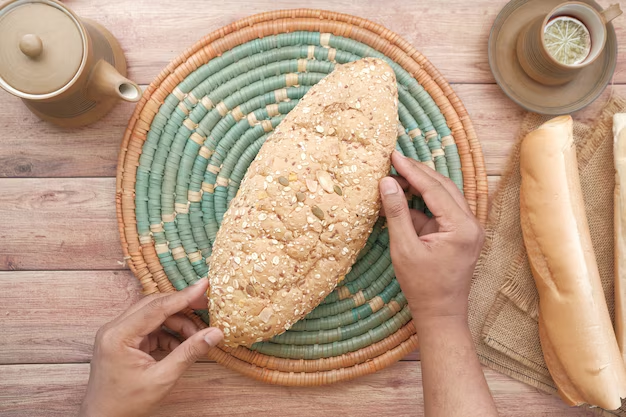Discover the Best Bread Choices for Diabetics
Navigating the world of bread as a diabetic can be a challenging endeavor. With so many options available, it's crucial to know which types help manage blood sugar levels effectively while still letting you enjoy a delicious slice. Thankfully, certain breads stand out as healthier choices.
Understanding the Role of Bread in a Diabetic Diet
Bread is a staple in many diets, but for diabetics, it can potentially spike blood sugar levels if not chosen wisely. The secret is in the glycemic index (GI)—a measure of how quickly a food boosts blood sugar. For diabetics, low-GI foods are the best options.
Top Breads Suitable for Diabetics
Whole Grain Breads
Whole grain breads are an excellent choice for diabetics. They are minimally processed, retaining their natural fiber, which slows down glucose absorption. This can help prevent sudden spikes in blood sugar. Look for labels indicating "100% whole grain" or "100% whole wheat."
Sprouted Bread
Sprouted grain bread is made from whole grains that have started to sprout, increasing their nutrient content and fiber levels. This process makes these breads easier to digest and potentially lower on the glycemic index compared to other grain products.
Sourdough Bread
Interestingly, sourdough bread can be a diabetic-friendly option. The fermentation process used to make sourdough lowers its glycemic response. The lactic acid produced during fermentation helps reduce carbohydrate absorption.
Pumpernickel Bread
Pumpernickel, a dense and typically dark bread, is made from coarsely ground rye and sometimes a touch of molasses. Its low glycemic index comes from its ingredients and dense texture, making it a smarter choice for blood sugar management.
Tips for Choosing the Right Bread
- Read labels: Look for high fiber content and low added sugars.
- Check portion sizes: Monitor your intake to prevent consuming too many carbs.
- Pair with proteins and healthy fats: Complement your bread choice with foods that slow down carbohydrate absorption.
From Daily Diet to Financial Health: A Holistic Approach
Just as managing your diet is critical for health, managing your finances is key to a stress-free life. As a diabetic, financial burdens from medical expenses can be daunting. Exploring financial assistance and educational opportunities can provide much-needed relief and enhance your quality of life.
Financial Resources to Explore
- Government Aid Programs: Investigate specific health-related government grants for medical supplies or treatments.
- Debt Relief Options: Seeking advice on managing medical bills can alleviate stress and improve financial well-being.
- Credit Card Solutions: Consider cards that offer healthcare benefits or cash-back options on medical expenses to ease the financial load.
- Educational Grants: Diabetics or their family members may qualify for scholarships aimed at supporting education amidst health challenges.
Taking control of your health goes hand-in-hand with managing your finances. Making informed choices about both can greatly improve your overall quality of life.
Financial Aid and Support Resources
- 💰 Government Aid: Investigate health grants for diabetes management.
- 🏦 Debt Management: Consult financial advisors for medical debt strategies.
- 💳 Credit Solutions: Explore healthcare-friendly credit cards.
- 🎓 Educational Support: Apply for scholarships tailored to those affected by diabetes.
Making educated decisions about your bread choices can be a satisfying step towards better health and overall life balance. Embrace the resources available, both in nutrition and financial aid, to lead a healthier, more financially secure life.
